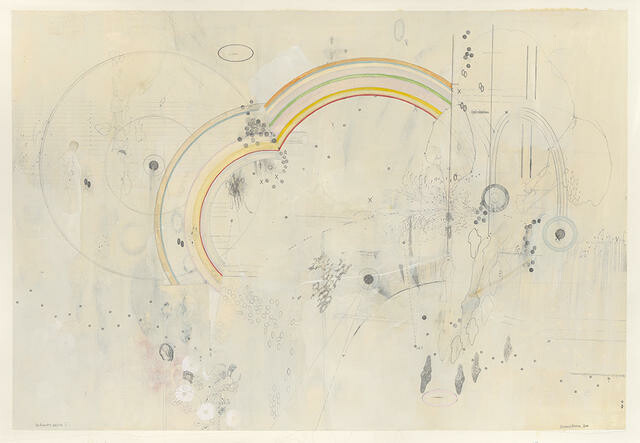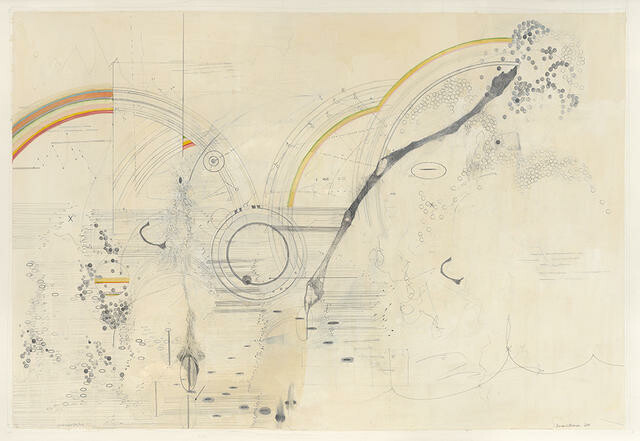B.
A hotbed of talent
Behind the scenes
It's rewarding to see some of our staff also becoming successful artists.
Nathan Pohio is showing a video work at the entrance to City Gallery Wellington. Chris Pole has an exhibition of his paintings at one of the new art spaces in Christchurch, Chambers@241 in Moorhouse Avenue. And Shannon Williamson combined with other young artists to show her work recently at their studios in Elgin Street and has accepted a residency in Perth that she will start next year.
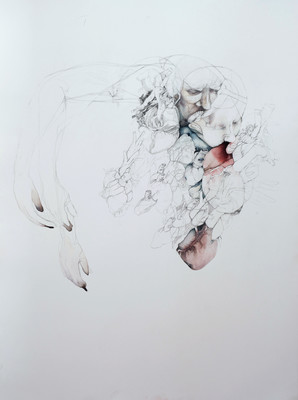
Shannon Williamson drowning picture 2011. Watercolour on paper. Private Collection. Reproduced courtesty of the artist and Brooke Gifford Gallery
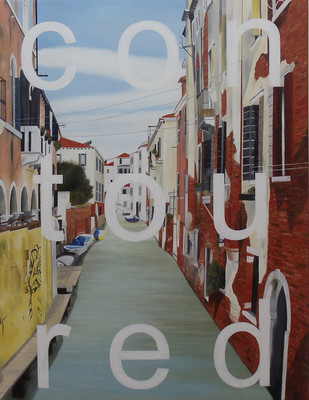
Chris Pole Contoured 2011. Oil on canvas. Reproduced courtesy of the artist
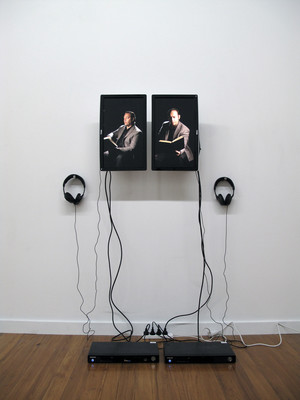
Nathan Pohio Spyglass Field Recordings Volume 3. notes towards accessing material from the universe and de-briefing an agent of inner space (detail) 2011. HD DVD, monitors, players, headphones, photograph, portable DVD Player and disc. Installed at Jonathan Smart Gallery. Reproduced courtesy of the artist

